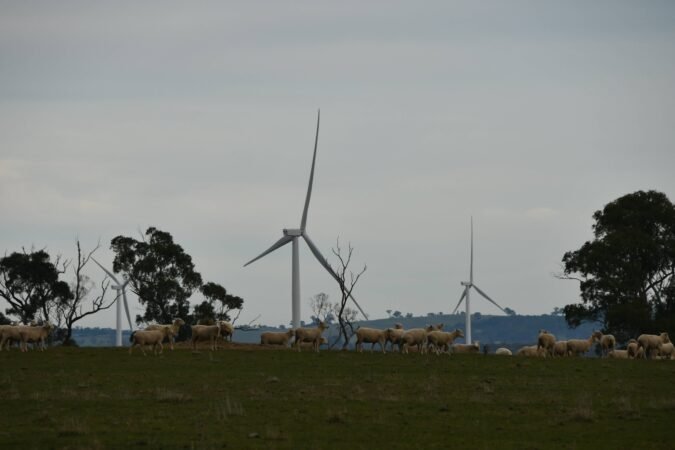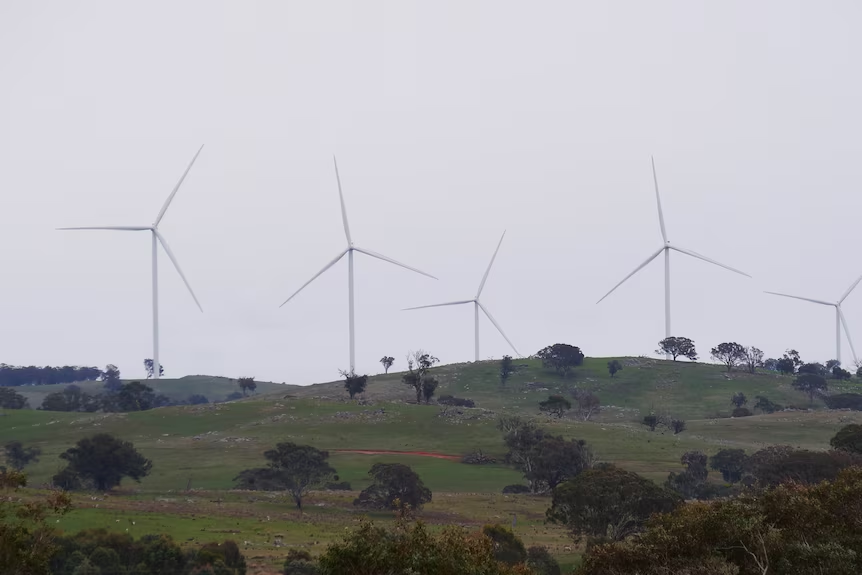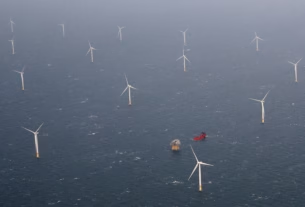In Short : The councils of Yass Valley and Upper Lachlan Shire, which are already home to 42% of the state’s wind turbines, have publicly called for a halt to more wind energy projects in the Southern Tablelands of New South Wales. Concerns over landscape saturation are raised by locals, who also call for greater community balance during the energy transition.
Response of the Community and Regulation
According to Emma Webb, a third-generation farmer and local wool producer, the skyline of the area now resembles an industrial junkyard, following developments like the 66 turbines at Rye Park Wind Farm.
The Binalong Bowning Community Action Group, which she leads, is against Wind Prospect’s proposed Bendenine Wind Farm, which would put up to 90 260-meter-tall turbines less than two kilometers from her home. Wind Prospect guarantees that its Environmental Impact Statement will incorporate social and environmental evaluations.
A motion against additional renewable projects was carried by the Yass Valley Council, which was led by Mayor Jasmin Jones. The council expressed concern that there isn’t a clear “line in the sand” when it comes to decision-making, pointing out that current installations currently provide enough renewable energy for about 500,000 homes.
A similar exclusion request was narrowly denied by the Upper Lachlan Shire Council, which is home to more than one-third of the state’s active turbines. Excessive turbine growth might shift local opinion against renewable energy, undermining long-term community and environment goals, Mayor Paul Culhane said.

Community Dynamics & Clean Energy
The opposition is not specifically against wind turbines, but rather calls for more careful planning that takes the green economy and just transition into account.
Farmers want projects to coexist with agriculture and protect cultural landscapes, but they also support climate mitigation and net zero emissions.
They draw attention to the necessity of co-benefits, community involvement, and energy efficiency to make sure that jobs in clean tech don’t come at the expense of local well-being.
The Significance of It
This circumstance highlights a developing turning point in the energy transition: how to equitably distribute the cost of green energy infrastructure across communities. Wind energy is essential for clean energy and decarbonization, but its implementation requires inclusive planning that promotes the growth of the renewable energy workforce and rural livelihoods without weakening the social fabric.




